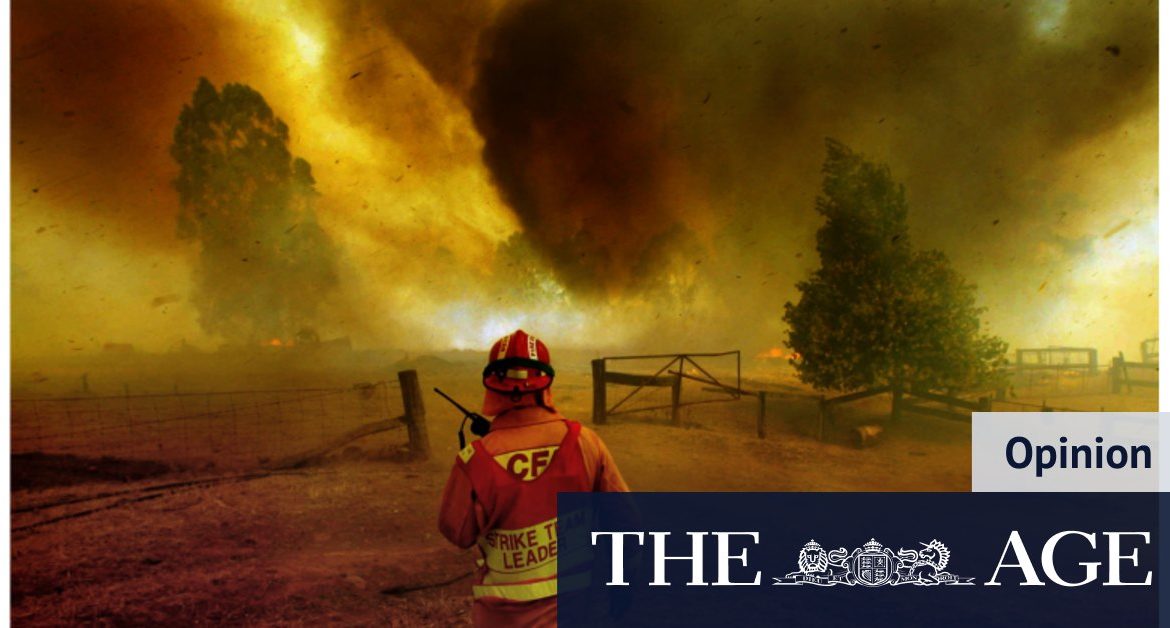Each of us in our small party, made up of friends and their various connections, stakes out a claim on our allocated patch of dirt and sets up a colourful collection of camper trailers, tents and swags. Six of us take half an hour to assemble the shade pergola as the sun beats down on our heads.
East Gippsland is a popular beach holiday spot.Credit:Eddie Jim
Personality traits come into clearer focus here than in everyday life as we set up temporary kitchens, bathroom and living space in our primitive outdoor setting. The interaction between couples highlights the strengths and flaws in our own relationships. Those who are predisposed to early rising, vigorous hikes and swimming in breathtakingly cold water goad those of us who sit happily in old tracksuit pants, relaxed and braless, doing nothing.
Loading
Pathways lead to the beach at Cape Conran through the gnarled branches of scorched banksias. People are spread out along the white sand. There are warning signs about strong currents, unexpected drop-offs and the unpatrolled beach. The sea is clean, clear and cold, and everyone emerging from it makes the same gasps of pleasure at its refreshing restorative beauty.
A long boardwalk, damaged by the fires, wraps around the cliffs, running up and down like a roller coaster, past red boulders, sandy coves and rockpools. Middens stand testament to the history of the Gunaikurnai, the region’s first people, who gathered here to feast and add mussel shells to the 60,000-year-old piles.

More than 4400 animal species were affected by the Victorian bushfires.Credit:Joe Armao
The 2020 fires burnt about 1.5 million hectares of land throughout Victoria, much of it in the largely remote south-eastern corner of the state. More than 4400 animal species were affected, including 215 rare and threatened species. Fifty per cent of native animal habitat was lost. The absence of the possums, that in previous years have sat beside our camp chairs like pet dogs and tried to bust into our food stores at night, is noticeable. There are fewer birds and the sound of the kookaburras laughing at us in the early morning has gone.

There are fewer birds and the sound of the kookaburras laughing at us in the early morning has gone.Credit:Dean Ingwersen
The restoration of Cape Conran National Park continued throughout last year, beginning with the arrival of the Australian Defence Force in January. Chinook helicopters, with their distinctive double chop-chop sound, joined fire-fighting helicopters in the smoky skies.
Loading
Fijian troops joined the Australian contingent soon after, clearing roads, building bridges and making new fire breaks. The Fijians charmed the local community with their daily ritual of harmonious song, adding a welcome layer of joy to a traumatic time. The visiting soldiers performed a beautiful Isa Lei – a farewell song – for the Orbost and District community before they went home.
Other organisations such as the Department of Land Water and Planning, VicParks and Gunaikurnai Land and Waters Aboriginal Corporation worked hard to regenerate the area and make it safe for us to camp again. We are grateful to all of them for restoring access to this beautiful place.
Susan Murphy is a freelance writer.
Most Viewed in National
Loading







